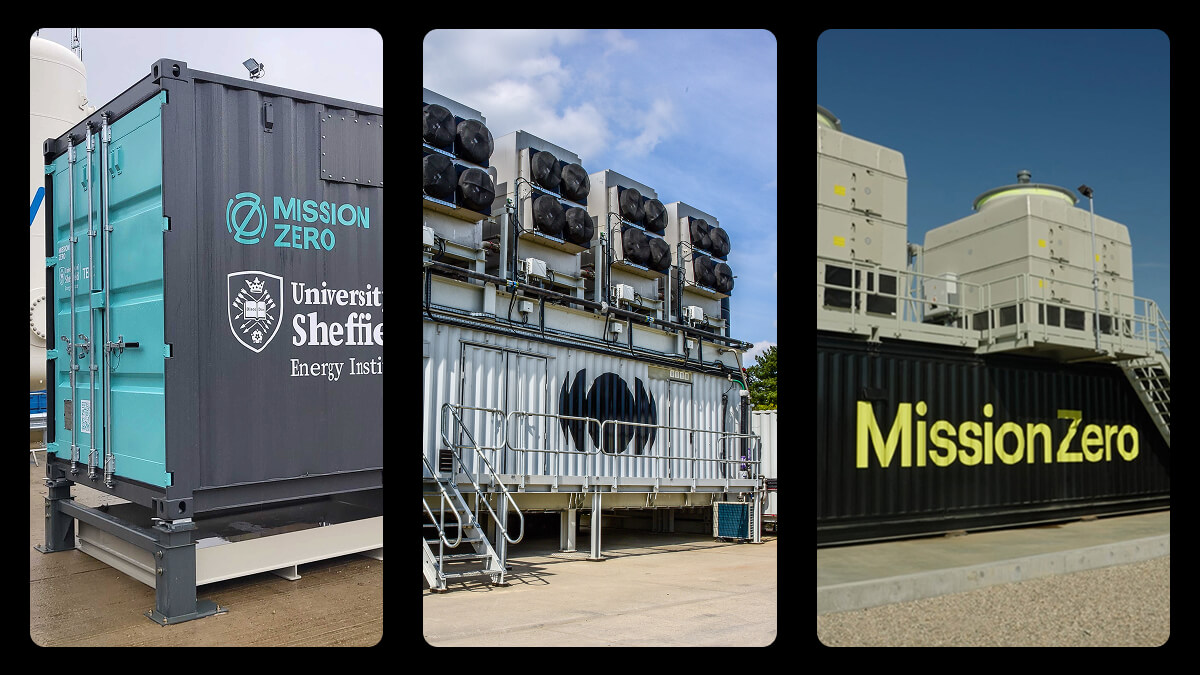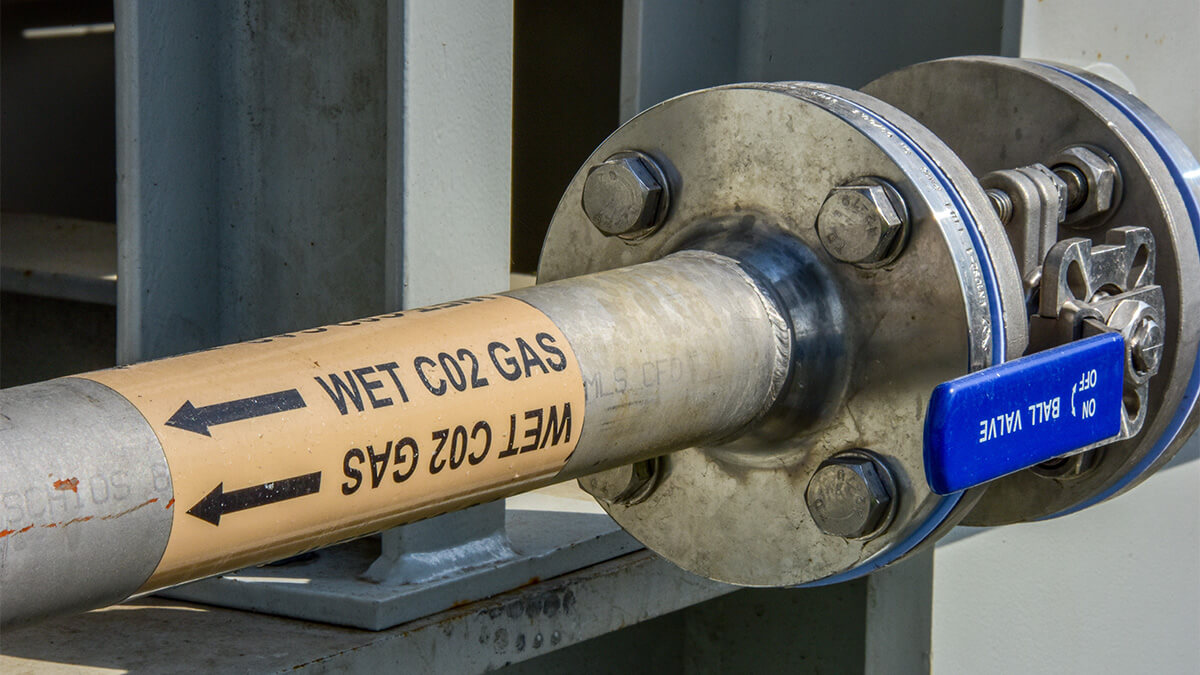Carbon capture and storage (CCS) has been part of the climate conversation for decades, proposed as a way to reduce emissions from industries that are difficult to decarbonise. Since the first CCS project launched in 1972, there are now around 50 carbon capture and storage facilities in operation globally, capturing around 50 million tonnes of CO₂ each year.
Whether it’s at power plants or factories, CCS technology is being used to tackle some of the toughest-to-abate emissions – particularly in heavy industry, where alternative low-emission processes or operations are not yet commercially viable.
In this article, we unpack the basics: What is CCS technology? How does carbon capture and storage work? And what are the real-world benefits and drawbacks of relying on CCS at scale? We’ll also look at direct air capture – a carbon-negative alternative technology that can complement CCS and help address some of its limitations.
What is CCS technology?
CCS technology stands for carbon capture and storage; a method of trapping CO₂ at the point it is emitted and then storing it underground.
It's most commonly used in heavy industry – such as steel, cement, and fertiliser production – or at fossil-fuelled power stations to capture CO₂ emissions from these processes before they can enter the atmosphere and contribute to climate change.
CCS technology most commonly captures CO₂ from flue gases – a mixture of gases produced by the burning of fuel or other materials in power stations and industrial plants. The captured CO₂ is then compressed, transported – usually via pipeline – and injected deep underground into rock formations or depleted oil and gas fields.
The objective is simple: avoid new CO₂ emissions generated by industrial processes from escaping into the atmosphere.

How does carbon capture and storage work?
CCS technology follows the same process wherever it’s deployed:
- Capture: CO₂ is separated from other gases through chemical absorption or adsorption;
- Compression and transportation: The CO₂ is compressed into a dense fluid and piped to a suitable storage site;
- Storage: Finally, it’s injected hundreds of metres underground into porous rock layers, capped by impermeable rock that locks the gas in place.
The geological sites that store CO₂ extracted using CCS technology must be carefully selected, monitored, and regulated to ensure the stored material will stay put for thousands of years.

What are the benefits and limitations of CCS technology?
There’s no doubt that CCS technology can help reduce emissions from sectors that are otherwise difficult to decarbonise. But it is not without its challenges.
Benefits of CCS technology:
- Tackles harder-to-abate emissions: Useful for sectors with no near-term decarbonisation alternatives;
- Targeted capture: Can be retrofitted to existing industrial plants. Reduces CO₂ emissions at the source;
- Easily validated: CCS employs well-understood monitoring, reporting, and verification approaches that reliably quantify CO₂ emissions avoided at each project.
Limitations of CCS technology:
- Sustainability concerns: May prolong the life of fossil fuel infrastructure depending on storage approach. Almost 80% of the CO₂ captured through CCS today is used for enhanced oil recovery (EOR), where captured CO₂ is injected into oil fields to extract more oil – raising questions about whether the carbon saved outweighs the emissions generated. Only one-third of the CO₂ used for EOR is permanently sequestered underground;
- Cannot achieve carbon negativity: Unlike carbon dioxide removal technologies, CCS technologies avoid additional emissions but do not remove legacy CO₂ from the atmosphere – and therefore cannot bring about Net Zero on its own.
Carbon dioxide removal technologies
As pressure mounts to remove – not only reduce – carbon emissions, commercial interest is growing in carbon removal technologies that can complement the climate impact of CCS.
Direct air capture
One of the most promising types of such technologies is direct air capture (DAC).
Unlike CCS technology, which targets new emissions sources, DAC removes legacy CO₂ emissions already in the atmosphere, making it carbon negative when combined with storage. It can also be colocated alongside storage partners and positioned close to end-use sites, cutting down on transport costs and infrastructure, and leveraging infrastructural synergies with CCS projects.

Bioenergy with carbon capture and storage
Bioenergy with carbon capture and storage (BECCS) takes biogenic CO₂ – produced when organic material from plants, trees, crops, or animal waste is burned or processed – and locks it away permanently through methods like geological storage.
When biomass is sustainably sourced, BECCS can deliver carbon-negative outcomes – but land use, supply chain emissions, and competition with food systems remain key concerns.
CCS technology key takeaways
- Avoids new CO₂ emissions: CCS technology helps limit more CO₂ from human activities from entering the atmosphere – but it can’t address legacy CO₂ emissions already in the atmosphere. This makes its best impact carbon neutral instead of carbon negative.
- A short-term, transitional tool: CCS serves as a bridge technology to help dirty but essential sectors which lack developed decarbonisation pathways — like cement and steel — come as close to carbon neutrality as possible until cleaner alternatives become available.
- One part of a broader climate solution: While CCS often dominates headlines, it’s just one tool in the climate mitigation toolkit. To truly address the climate crisis, we need to go beyond avoiding new emissions — and start removing the historic ones that have already destabilised our planet. Emerging carbon removal technologies play a vital and growing role in this shift.






